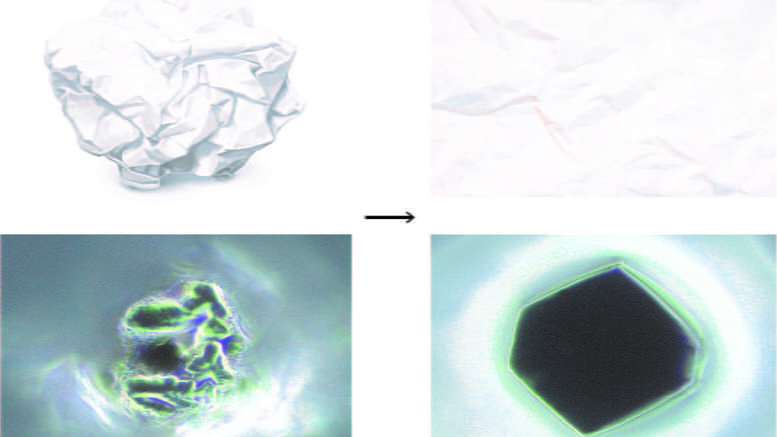Northwestern researchers recently discovered that colloidal crystals, three-dimensional arrays of nanoparticles, can revert to their original structure after breaking apart.
In the study, scientists dehydrated the strands of DNA, causing them to crumple, but quickly regained their previous shape when water was reintroduced to the system. The crystals’ groundbreaking new property might spur discoveries that could make them useful in chemical and biological sensing, optics, and soft robotics.
The study, titled “Shape memory in self-adapting colloidal crystals,” was published on October 17 in the journal Nature.
Chad Mirkin, Professor of Chemistry at the Weinberg College of Arts and Sciences at Northwestern, led the study.
“The deformed crystal has completely different properties when it’s broken down,” said Mirkin. “But DNA retraces its steps. Imagine if a house was destroyed by a hurricane, but then that every nail and board returned to their original places to reform the house after the storm passed. That’s essentially equivalent to what is happening here with these crystals at the nanoscale.”
Mirkin is also the director of the International Institute for Nanotechnology and a professor of chemical and biological engineering, biomedical engineering, and materials science and engineering in the McCormick School of Engineering.
Along with his other roles, he is a professor of medicine at the Feinberg School of Medicine and a member of the Robert H. Lurie Comprehensive Cancer Center of Northwestern.
Learn more in Northwestern Now’s article, “DNA gives colloidal crystals shape-shifting and memory abilities.”

